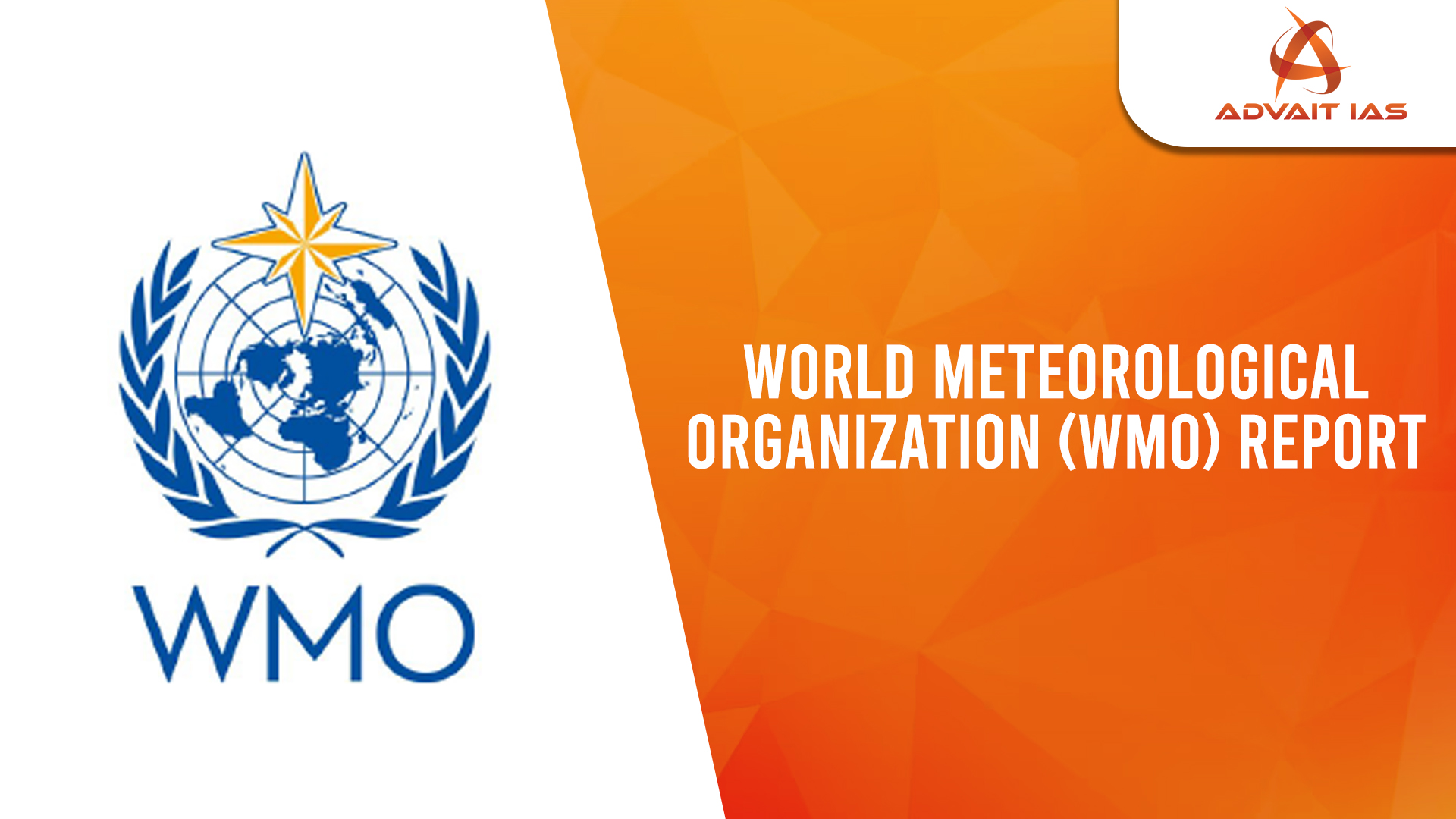According to the World Meteorological Organization (WMO), Asia experienced its warmest or second warmest year in 2024, with an average temperature 1.04°C above the 1991–2020 average.
- The continent is warming at twice the global average.
- 2024 witnessed severe climate impacts including cyclones, floods, heatwaves, and landslides, affecting millions across Asia.
Key Highlights of the WMO Report
Temperature Rise
- 2024 was Asia’s second warmest year on record, depending on the dataset.
- Average temperature rise: 04°C above normal.
- Long-term average: Asia warming twice as fast as global average.
Extreme Weather Events
- Widespread cyclones, rain-triggered landslides, floods, and heatwaves across Asia.
- Massive impacts on agriculture, food security, water resources, and ecosystems.
Major Climate Impacts by Region
India
- Hit by severe summer heatwaves with temperatures exceeding 45°C in parts of northern India.
- Deaths due to:
- Cyclone Remal: May 2024, impacted West Bengal and Bangladesh.
- Heavy rainfall and landslides in Sikkim, Arunachal Pradesh, and Assam.
- Heatwaves in Delhi and northern states.
- Gujarat and Rajasthan faced floods due to cyclone-triggered rains.
Japan
- Record number of heatwave-related hospitalizations (over 40,000).
- Typhoon Khanun in August 2024 brought record rainfall.
China
- Severe drought in the Yunnan province.
- Glacier mass loss in the Tien Shan and Himalayas due to reduced snowfall.
- Flooding in northeast China due to heavy rainfall.
Climate Alarm Bells
- Prolonged heatwaves and extreme temperatures affected most of Asia.
- Reduced winter snowfall, glacier retreat, and sea-level rise
- Sea-surface temperatures in Asia’s seas were at or near record highs, indicating broader marine ecosystem impacts.
- Accelerated glacier mass loss observed in central Himalayas and Tien Shan.
- These trends are threatening long-term water security in the region.
Implications
- Socio-economic disruptions: Deaths, displacement, agricultural losses.
- Public health challenges: Increased heatstroke and dehydration cases.
- Biodiversity and ecological stress: Glacier retreat and warming seas.
- Disaster risk: Higher frequency and intensity of cyclones and extreme rainfall.
Asia’s escalating vulnerability to climate change, as highlighted by WMO’s 2024 findings, underscores the urgent need for:
- Stronger regional cooperation,
- Climate-resilient infrastructure,
- Early warning systems, and
- Effective climate adaptation and mitigation strategies.






